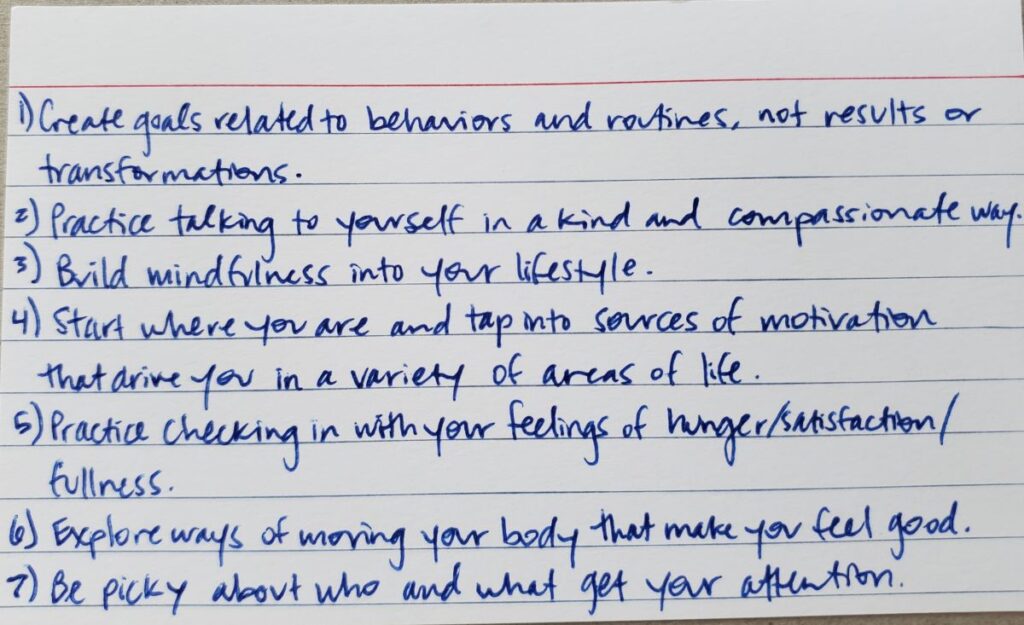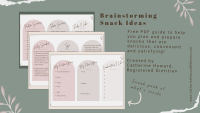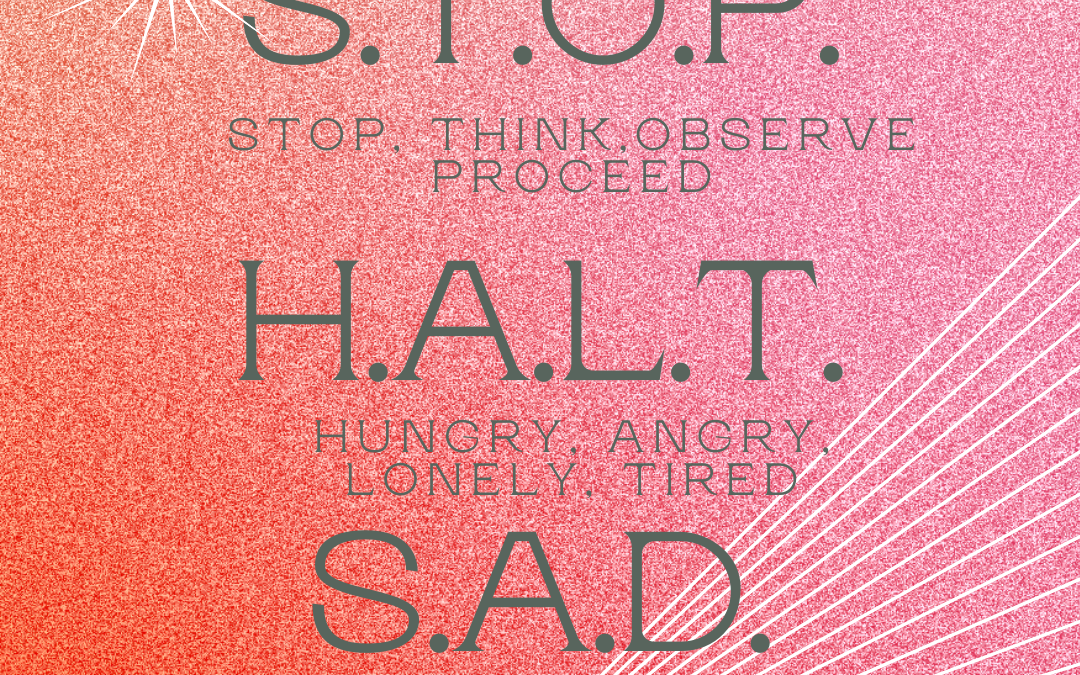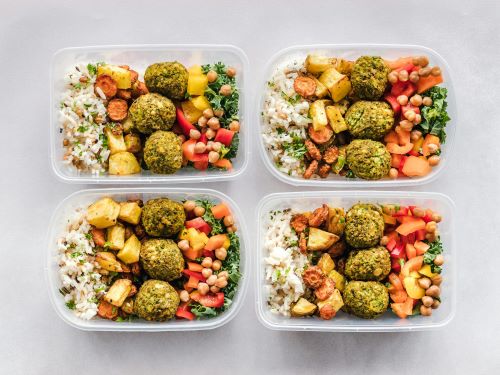This is the third post in a series about improving your wellness without dieting and the focus is on starting with your routines as they currently are and practicing checking hunger and fullness feelings. In the previous posts you’ll find a brief overview of all 7 tips and an in-depth look at the first 3 tips. The post which follows highlights the fourth and fifth tips in detail.

4. When making goals and plans start with your current routines and tap into the sources of motivation that drive you in all areas of life
It can be difficult to identify goals which are helpful and realistic. Often we see someone else’s approach or ideas or results and decide to pick that as a goal to strive for. Instead, I recommend considering the best version of you that you’re striving to be in the future and give yourself time to gradually work up to those goals.
Something that’s very helpful for goal-setting is identifying your motivation for making a change and clarifying which of those will keep you driven to stay consistent, even when life’s challenges interfere with your efforts.
If you’re interested in exploring your own motivation to make a change, start by taking some time to explore your personal motivators, or things that drive you to take action in your typical day. The strongest sources of motivation are called internal motivators and these are often not visible by other people but they do connect to values and characteristics that can be expressed in your actions, routines and habits.
Examples of internal motivators include: enjoying quality time with family and friends; ongoing personal growth and learning; taking care of yourself to feel your best physically, emotionally and mentally; contributing to causes which help others. In combination with keeping thinking helpful and gentle, keeping your internal motivators in mind will help you overcome challenges when making changes to your current routines and when you notice that you’ve gotten away from the routines that support your goals.
Being realistic about your goals requires working within the constraints of your responsibilities while also identifying opportunities to manage time differently.
After exploring your strongest personal motivators that can help you stay driven and identifying the goals you’re striving for, you’ll benefit from observing your current habits and finding ways to gradually do things differently. Successfully changing habits involves a process that looks like this: make one or two small changes, get consistent with those new changes, then identify the next small change to add to your routine, and so on.
Being realistic about your goals requires working within the constraints of your responsibilities while also identifying opportunities to manage time differently. Consider your time available for planning and preparation, your food preferences, and what’s felt good to you in the past as a sustainable change.
Habits are formed for many reasons and they’re usually pretty complex. Instead of just focusing on one or two areas of your life such as your diet and activity routines, consider additional areas including your thinking processes, how free time is spent, how you respond to stress, and how much sleep you get. If these underlying behaviors aren’t aligned with your long-term goals, making changes to your eating or activity routines will likely be much more difficult.
Changing habits will happen on your own timeline and usually more slowly than desired. Give yourself time to gradually establish new habits; start by observing without judgment, exploring options and experimenting with a small change, getting consistent with that small change in your routine, getting back on track when you experience a challenge, and repeating the process as needed.
If striving for better wellness was as simple as ‘knowing what to eat’ or deciding to do things differently, there wouldn’t be a trillion-dollar industry which profits from assuring customers that their product/service will change their health for the better.
5. Practice checking in with your feelings of hunger/satisfaction/fullness and let those guide eating choices
Eating habits are connected to our lived experience in many complex ways. Choices made about food contribute to overall health, and eating must happen several times each day which makes it a potentially very impactful area to focus on when striving for better health.
If striving for better wellness was as simple as ‘knowing what to eat’ or deciding to do things differently, there wouldn’t be a trillion-dollar industry which profits from assuring consumers that their product/service will change their health for the better. Instead of expecting to completely overhaul eating patterns and making many changes at once, start by observing your current eating patterns without judgment and identifying where and how these current habits make it difficult to reach your personal goals. An example of a diet-related health behavior change I support participants with is making small, gradual changes to their eating by addition rather than subtraction, which might involve adding more veggies to one or two meals each day rather than focusing on decreasing intake of sweets.
Developing routines which help ensure that food is conveniently available when needed is the health behavior change I support participants with the most. This might include keeping nutritious snacks available at work to avoid getting too hungry, or planning meals and grocery shopping so it’s easy to make food at home. I created a free digital download with more ideas and information about this and you can find that here.
FREE Quick Start Guide for Meal and Snack Planning
I created a guide that can help you practice planning meals and snacks to make at home, creating a grocery list, and preparing simple and delicious meals and snacks. Click here to download it for free!
Consider Intuitive Eating and practicing a mindful approach to how you eat rather than fad diets. One of the primary guidelines of Intuitive Eating involves the ongoing practice of checking in with your hunger/satisfaction/fullness feelings and responding to them in ways that help you feel your best: mentally, emotionally and physically. Checking in with hunger and fullness feelings can help with identifying whether your decisions about eating are connected to your body’s need for energy and nutrients and enjoyment, or if there is something else driving those decisions.
To develop a more mindful approach to eating, consider practicing effective stress management techniques, finding ways to limit distractions and be more intentional when making decisions about what to eat or how much, and setting up the places where you spend your time in a way that makes it convenient to choose options that serve you well.
There are many important considerations when approaching health behavior change and being set up for success. These concepts related to starting with current routines and practicing checking hunger and fullness cues should be considered helpful tips for educational purposes rather than individualized recommendations.
Click here to read the 4th and final post in this series!








0 Comments